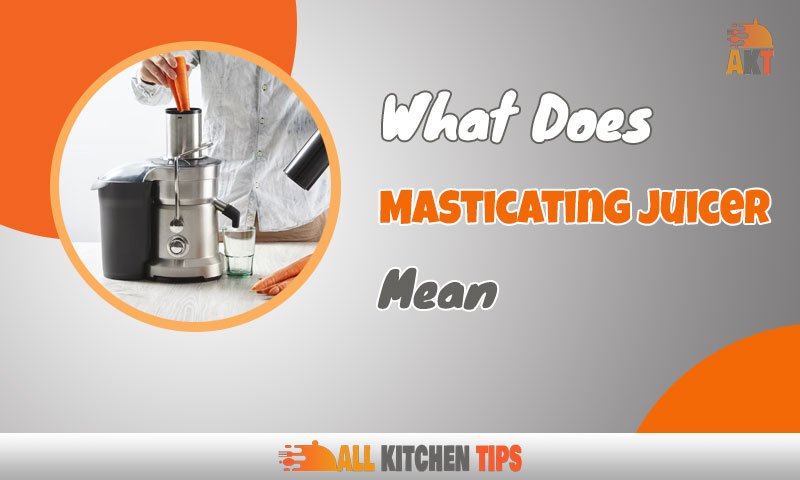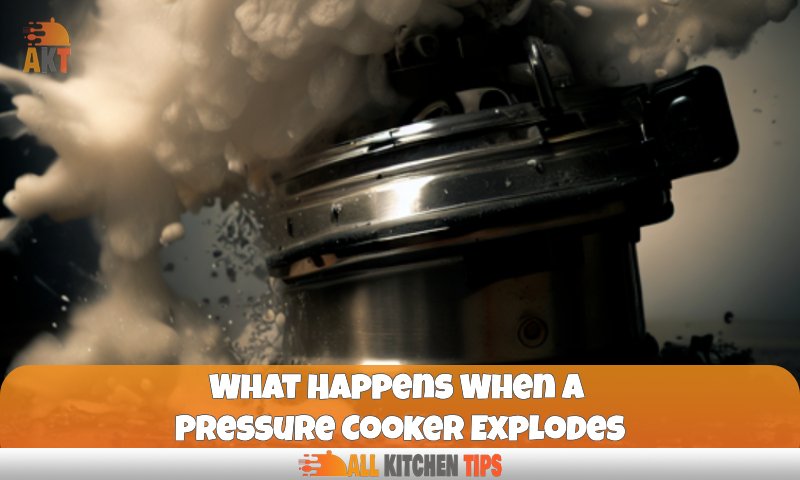Are you interested in taking your juicing game to the next level? Masticating juicers might just be the tool you need to do it. This type of juicer is a great alternative to traditional centrifugal juicers, giving you more control over the juice’s quality, texture, and flavor.
There’s a lot of information out there about masticating juicers, from how they work and the benefits they provide to what features you should look for when shopping for one. The goal of this article is to cut through all the noise and give you everything you need to know about masticating juicers.
Whether you’re considering buying one or just want to learn more about them, this guide will help demystify the world of masticating juicers and let you decide for yourself if it’s something worth investing in.
What Is a Masticating Juicer?
Have you ever heard of masticating juicers before? A masticating juicer is a type of cold press juicer, that is most commonly used to extract juice from fruits, vegetables, and leafy greens. Masticating means “chewing,” so this machine chews through fruit and vegetables to extract the juice. It works by grinding food between two augers–similar to how a mortar and pestle works–which results in more nutrients in the juice compared to other types of juicers.
These types of juicers are perfect for those who want to make nut milks, purees, and even sorbets. Not only does a masticating juicer give you more options for texture, but it also extracts more liquid than other kinds. Plus, since masticating juicers operate at a much slower speed, oxidation is minimized–ensuring that all the precious nutrients from your fruits and veggies stay intact.
Advantages and Disadvantages of Masticating Juicers
Masticating juicers have become increasingly popular in recent years, offering several advantages over other types of juicers. The main benefit is that they are highly efficient—using a slow, single auger, they process fruits and vegetables into smooth, pulp-free juice while preserving as much nutrition and flavor as possible. They also generate less heat, which means that fewer vitamins, enzymes, and minerals are lost during the juicing process. Additionally, these machines are quieter and take up less storage space than traditional centrifugal juicers.
However, masticating juicers come with some drawbacks. They typically require more time to produce juice than centrifugal machines, with the entire process taking anywhere from five to ten minutes, depending on the ingredients used. Additionally, since these machines only squeeze out the juice from fruits and vegetables instead of grinding them up entirely—as is done with traditional juicers—they can’t make things like nut milk or baby food. Plus, due to their more complicated internal parts, masticating juicers can be trickier to clean than their centrifugal counterparts.
At the end of the day, it’s important to note that there’s no perfect type of juicer; it all comes down to personal preference and lifestyle needs. Understanding the differences between masticating juicers and other types of juicers will help you make an informed decision when shopping for a new machine.
Different Types of Masticating Juicers
Masticating juicers come in a few different types, so it’s important to know which type is right for you and your needs.
Slow Juicers
Slow juicers, commonly referred to as cold press or masticating juicers, squeeze and grind produce using a single gear or auger. In contrast to other types of blenders, the modest speed maintains the operation quiet and protects the vitamins, minerals, enzymes, and fiber. Making nut butter, baby food, and even frozen sorbets is a breeze with a slow juicer.
Twin Gear Juicers
Twin gear juicers use two auger gears that fit together like a pair of scissors to slowly cut fruits and vegetables into tiny pieces for efficient extraction of juice. This type of juicer is the best choice if you plan on making leafy greens like wheatgrass because it processes them very thoroughly.
Centrifugal Juicers
Centrifugal juicers use sharp blades that spin quickly through fruits and vegetables at high speeds to extract juice in a matter of seconds. This model is typically more affordable than the slow models but requires more maintenance because of the need to continually clean the blades. It is also louder than other types of masticating juicers due to its high speeds.
No matter which variety you choose, masticating juicers are an excellent way to get your daily dose of nutrients from fresh fruit or vegetable juices without sacrificing taste or nutrition.
How to Choose the Right Masticating Juicer
When choosing a masticating juicer, it’s important to consider several factors. These include the types of produce you enjoy juicing, the size of your kitchen, and the amount of money you’d like to invest in a juicer.
Types of Produce
Masticating juicers are best for leafy greens and hard fruits, such as apples. In comparison, centrifugal juicers are better for soft fruits like oranges and strawberries. It’s worth considering what types of produce you’d like to juice with your masticating juicer before investing in one.
Size Matters
How much space do you have? If you have a small kitchen countertop, smaller masticating juicers may be better-suited for you. However, if you’re looking to make larger batches at once, larger masticating juicers may be more advantageous. There are also vertical models available for those with limited counter space.
Your Investment
Masticating juicers tend to cost more than centrifugal ones—on average, from $100 to $600 depending on the brand and its features. When making this investment decision, it’s important to know that higher-end models typically come with warranties as well as a wide range of accessories that may be beneficial to your lifestyle or needs.
Tips on Using a Masticating Juicer
Once you settle on the perfect masticating juicer for your kitchen, it’s time to get juicing. Here are some tips to get you started:
- Before you begin, make sure the juicer is clean and properly assembled.
- Cut the produce into small pieces to make them easier to process.
- Use a brush or cloth to remove any dirt and debris from the fruits and vegetables you plan to juice.
- Use a hard-bristled brush to clean the filter, auger, and other small parts of the juicer.
- Don’t overfill the hopper—the ingredients should drop freely into the grinding chamber.
- Assemble the parts slowly and carefully. To reduce wear and tear, avoid over-tightening the parts.
- For best results, add a small amount of liquid, such as water or juice, to help the ingredients move through the juicer easily.
- After juicing, it’s important to clean the parts as soon as possible to ensure easier cleanup.
These tips will help ensure that you get the most out of your masticating juicer and enjoy fresh, nutrient-packed juices any time you want. In addition to enjoying your homemade juices, you’ll also be saving money and avoiding processed, sugary juices that can be harmful to your health.
Difference Between Centrifugal and Masticating Juicers
great way to add more fruits and vegetables to your diet. While both types of juicers extract juice from fruits and vegetables, masticating juicers take it a step further by using a slow-speed, cold-press method to extract the most nutrients from the ingredients. This prevents oxidation and overheating due to the low-speed process. Additionally, masticating juicers produce less heat, foam, and noise than centrifugal juicers, leading to a much higher-quality juice.
When making the comparison between centrifugal and masticating juicers, the main differences come down to the speed and yield of juice. Centrifugal juicers operate at high speeds, while masticating juicers are much slower. This can lead to a greater yield with masticating juicers, as they’re able to extract more juice from the same amount of produce. The slower speed also helps preserve heat-sensitive enzymes and nutrients that are found in the produce.
Another key benefit of masticating juicers is that they can process a wider variety of ingredients. From hard items like celery and carrots to leafy greens and soft fruits, a masticating juicer can handle the job. Centrifugal juicers, on the other hand, tend to struggle with harder produce and leafy greens, as they can easily become clogged in the machine’s filter.
People Also Like: How to Change Water Filter in Frigidaire Quickly & Safely
Conclusion
All in all, masticating juicers are a great choice if you’re looking for a juicer that is more efficient than a regular juicer. The slow and steady motion of this type of juicer ensures that more of the juice and nutrients from your fruits and vegetables are extracted, leading to a higher quality, more nutrient-packed product. Plus, with their multiple settings, these juicers can produce different types of juice, from thick smoothies to delicate juices. So, if you’re looking for a more efficient and versatile juicer, masticating juicers are the way to go.





